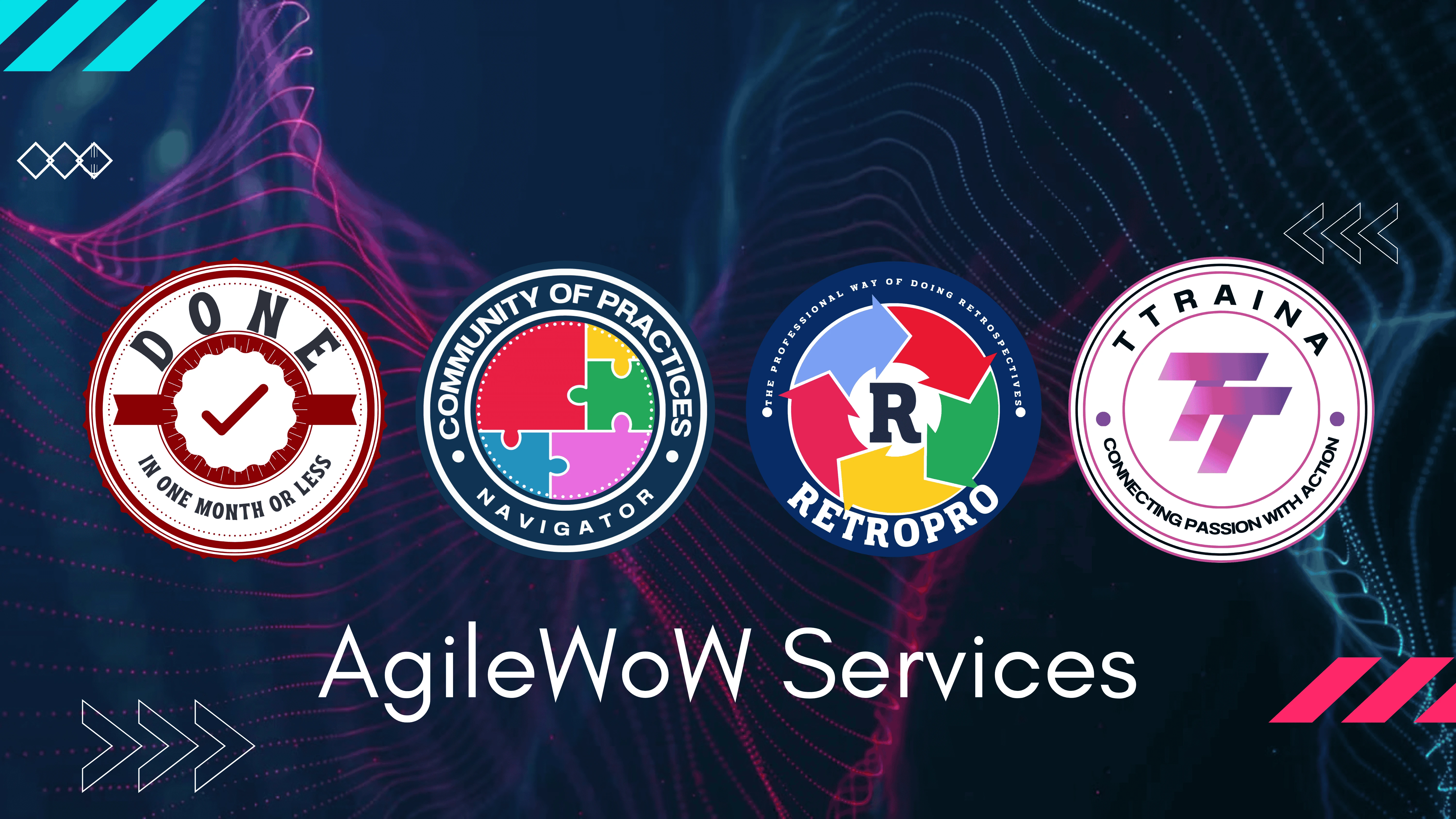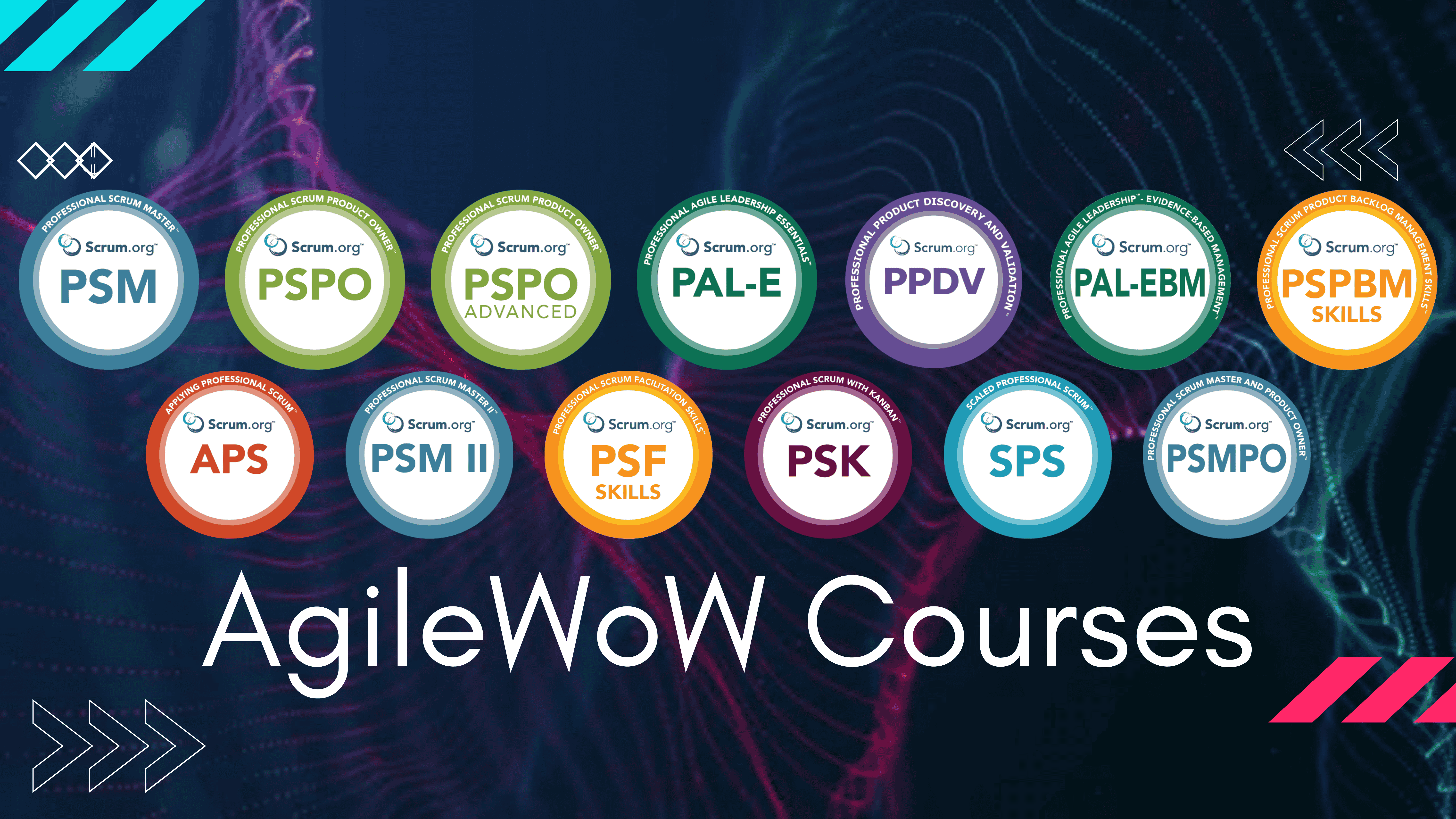Product Owner Checklist
A comprehensive Product Owner checklist is a vital tool for effectively managing a product throughout its lifecycle, ensuring alignment with the product vision and delivering maximum value to stakeholders and customers. This checklist encompasses various responsibilities, spanning strategic thinking, backlog management, stakeholder communication, and active participation in Agile ceremonies.
Here's a detailed breakdown of key areas typically covered in a Product Owner checklist:
- Define and Communicate the Product Vision: Clearly articulate the overarching goal and future state of the product. Ensure the vision is inspiring, concise, and understood by the development team, stakeholders, and customers.
- Develop and Maintain a Product Strategy: Outline how the product will achieve the vision, including target markets, key features, and differentiation. Regularly review and adapt the strategy based on market feedback and business objectives.
- Create and Update the Product Roadmap: Visualize the product's evolution over time, highlighting key releases, features, and milestones. Use it as a communication tool to align stakeholders and provide direction to the team.
- Understand the Business Model: Have a deep understanding of how the product generates value for the business, including revenue streams, cost structures, and key partnerships.
- Define and Track Key Performance Indicators (KPIs): Establish measurable metrics to track the success of the product and progress towards the product goal. Regularly analyze KPIs to inform decisions.

- Identify and Understand Stakeholders: Recognize all individuals and groups with an interest in the product, including customers, end-users, internal teams (sales, marketing, support), and leadership.
- Establish Regular Communication Channels: Maintain consistent and transparent communication with stakeholders to gather feedback, manage expectations, and provide updates on product progress and upcoming features.
- Gather and Synthesize Feedback: Actively solicit feedback from various stakeholders through interviews, surveys, usability testing, and other methods. Analyze the feedback to identify needs and opportunities.
- Manage Stakeholder Expectations: Clearly communicate what the product can and cannot deliver, managing scope and priorities effectively.
- Ensure Stakeholder Alignment: Facilitate understanding and agreement among stakeholders regarding the product vision, strategy, and priorities.
- Create and Refine Product Backlog Items: Clearly define and describe user stories, features, bugs, and technical debt as items in the product backlog. Ensure they are understandable and include acceptance criteria.
- Prioritize the Product Backlog: Continuously order the backlog items based on value, risk, dependencies, and strategic alignment. The highest-priority items should be at the top and ready for development.
- Ensure the Backlog is Visible and Transparent: Make the product backlog accessible to the entire Scrum team and relevant stakeholders, ensuring everyone has a shared understanding of the upcoming work.
- Lead Backlog Refinement Sessions: Facilitate regular meetings with the development team to discuss, clarify, and break down product backlog items, ensuring they are well-understood and estimated.

- Attend and Actively Participate in Sprint Planning: Collaborate with the development team to define the Sprint Goal and select the product backlog items for the sprint. Be available to answer questions and clarify requirements.
- Be Available to the Development Team: Be readily available to the team throughout the sprint to answer questions, provide clarification on product backlog items, and make timely decisions.
- Participate in the Daily Scrum (if invited): While not mandatory, attending the Daily Scrum can help the Product Owner stay informed of progress, impediments, and answer any immediate questions.
- Attend and Lead the Sprint Review: Showcase the completed increment to stakeholders, gather feedback, and discuss the product backlog.
- Participate in the Sprint Retrospective: Collaborate with the team to inspect the past sprint and identify areas for improvement in processes and collaboration.
- Accept or Reject Completed Work: Inspect the increment produced during the sprint and determine whether it meets the acceptance criteria.
- Maximize the Value of the Product: Continuously seek ways to optimize the work of the development team to deliver the most valuable product increments to customers and the business.
- Iterate Based on Feedback and Data: Use feedback from stakeholders, users, and data analytics to inform decisions about future product development.
- Understand and Manage Technical Debt: Recognize and prioritize technical debt as part of the product backlog when it impacts the ability to deliver value or maintain the product.
- Possess Domain Knowledge: Have a strong understanding of the product's domain, target market, and industry.
- Exhibit Strong Communication Skills: Effectively communicate the product vision, requirements, and feedback to diverse audiences.
- Demonstrate Decisiveness: Be able to make timely and informed decisions about product priorities and scope.
- Be Available and Engaged: Be actively involved with the development team, stakeholders, and customers.
- Understand Agile Principles and Scrum Framework: Have a solid grasp of Agile values and principles and the specific practices of the Scrum framework.
This checklist provides a comprehensive overview of the key responsibilities and activities of a Product Owner. The specific items and their emphasis may vary depending on the organization, product, and team context. However, consistently addressing these areas is crucial for success.

